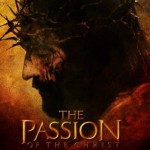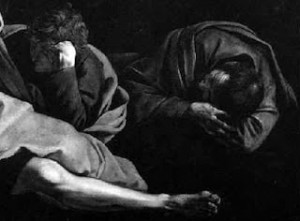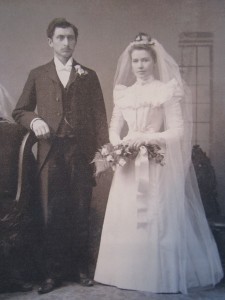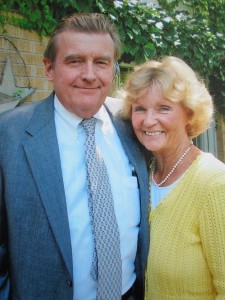 “The Passion of Christ,” Mel Gibson’s movie about the crucifixion, is extremely difficult to watch, but it’s the least I can do in trying to think seriously about Christ’s intense suffering. This year while watching, something new occurred to me.
“The Passion of Christ,” Mel Gibson’s movie about the crucifixion, is extremely difficult to watch, but it’s the least I can do in trying to think seriously about Christ’s intense suffering. This year while watching, something new occurred to me.
In the opening scene as Jesus agonizes in Gethsemane just before being arrested, we’re shown 3 sleeping disciples who Jesus had brought with him for support during his darkest hour. I’ve always thought of Peter, James, and John as being irresponsible in their untimely napping while their teacher and friend suffered so terribly.
This year I checked my Bible for more information. Luke says that their sleep came as a result of “exhaustion from sorrow.” Untimely napping, then, isn’t an accurate description of what was happening.
Earlier that night Jesus had given these men a boatload of bad news. They were in the process of internalizing it when they’d been asked to accompany him to the garden, and when they got there, they watched him fall apart. Confusion, fear, and sorrow mixed together to overcome them completely.
Jesus’ response to finding them sleeping was interesting. Although he was “a man of sorrows” himself and knew how they felt, he instructed them to “get up and pray.” He didn’t tell them what to pray about, but he did add, “Pray so that you don’t fall into temptation.”
What temptation was he talking about? Could he have meant the temptation to get stuck in their debilitating sorrow? He needed these men to remain strong, not only to support him but to cope with everything that lay ahead. Even so, Jesus wasn’t harsh with them. He said something like this: “I know your spirits are willing to stay awake, to watch, to pray, but I also know the human side of you has been weakened right now.”
Even during his most excruciating hour, Jesus was still teaching them. Maybe he was saying, “Don’t be tempted to get stuck in your sorrow. I’m fighting the same temptation right now, but I will not give in. My spirit is willing to endure whatever my Father asks, and I want you to do the same.”
Anyone who’s been swamped with grief, even a grief much lesser than that of Jesus, knows the temptation to get stuck in it. Deep sorrow is exhausting and can immobilize us, despite our spirits not wanting to succumb. But sometimes we’re too weak to resist it.
Jesus gives his disciples (and us) the way to successfully resist: watch and pray. He implies we won’t suffer in our grief longer than necessary if we’ll follow those instructions. And when we look at how he victoriously overcame tremendous temptation in the garden that night, how can we do any less?
“When he rose from prayer and went back to the disciples, he found them asleep, exhausted from sorrow… ‘Get up and pray so that you will not fall into temptation.’ ” (Luke 22:45-46)




